Certainly! Speed signs are essential for more than just legal compliance; they provide critical information about the terrain, road complexity, and potential risks. Here’s a breakdown of how different speed limits correlate with various road conditions and risks:
Speed Signs and Their Connecting Risks
- 20-30 km/h (12-19 mph) 🚶♂️🏫🚲
- Common in: Residential areas, school zones, and pedestrian-heavy zones.
- Risks: High likelihood of encountering pedestrians, cyclists, and children. Increased need for vigilance and reaction to unexpected movements.
- Terrain and Design: Narrow streets, frequent crosswalks, and potential for sudden stops.
- 40-50 km/h (25-31 mph) 🚦🏙️🏘️
- Common in: Urban and suburban areas.
- Risks: Increased traffic density, frequent intersections, and parked cars obscuring vision. Risk of side-impact collisions at intersections.
- Terrain and Design: Moderate road complexity, with mixed-use traffic and numerous entry/exit points.
- 60-70 km/h (37-43 mph) 🛣️🏞️
- Common in: Main roads, arterial roads connecting city areas.
- Risks: Higher speeds lead to longer stopping distances. Increased risk of rear-end collisions and greater impact force in crashes.
- Terrain and Design: Typically wider roads with multiple lanes and clearer visibility, but still potential for pedestrian crossings and traffic signals.
- 80-90 km/h (50-56 mph) 🚙🛤️🌲
- Common in: Rural roads, less densely populated areas.
- Risks: Limited road lighting, potential for wildlife crossings, and more severe consequences in the event of a crash. Curves and undulations in the road may not be immediately visible.
- Terrain and Design: Open roads with fewer intersections, but potential for sharp turns and elevation changes.
- 100-110 km/h (62-68 mph) 🛣️🌅
- Common in: Highways and expressways.
- Risks: High-speed collisions, greater impact forces, and reduced reaction times. Risks include merging traffic, sudden lane changes, and debris on the road.
- Terrain and Design: Divided highways with multiple lanes, often with clear sightlines and controlled access points.
- 120 km/h (75 mph) and above 🛤️🚀
- Found in: Major highways and motorways.
- Risks: Severe consequences in the event of a crash due to high speeds. Challenges include maintaining safe following distances and reacting to sudden changes in traffic flow.
- Terrain and Design: Designed for high-speed travel with limited entry/exit points, often with barriers separating opposing traffic flows.
Connecting Risks to Speed Limits
- Higher Speed = Greater Impact: As speed increases, the force of a collision rises exponentially, making high-speed crashes far more dangerous.
- Reaction Time: Higher speeds reduce the time available to react to hazards, increasing the likelihood of an accident.
- Stopping Distance: The distance required to come to a complete stop increases with speed, making it harder to avoid collisions.
- Road Design: Speed limits are often set based on the road’s ability to safely handle certain speeds, taking into account visibility, curves, intersections, and potential hazards.
#DriveSmart #StaySafe
Understanding the rationale behind speed limits can help drivers make safer choices, reducing the risk of accidents and enhancing overall road safety. 🛡️🚗✨





Comments are closed